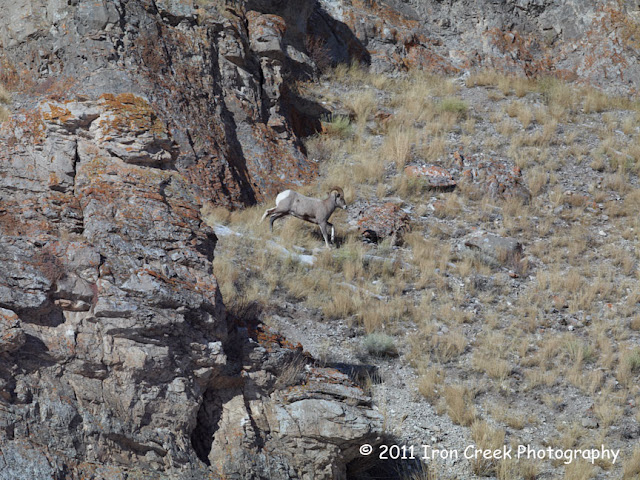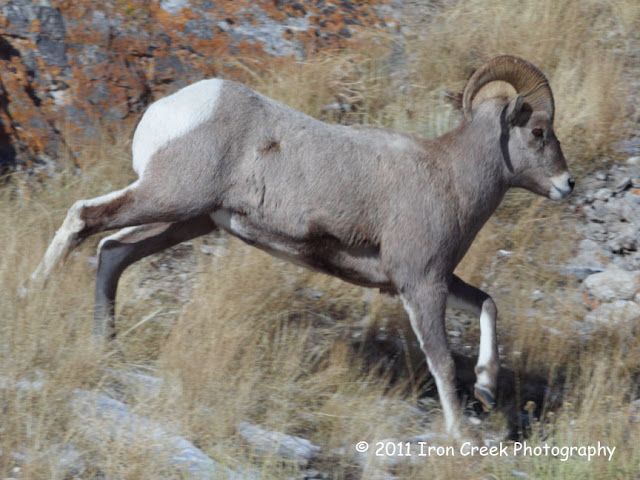Sometime ago Henry Domke posted the following comment in reply to the "Testing the Phase One 645AF and P65+". As I was busy at the time in Jackson Hole I was unable to adequately respond until now.
"Thank you for the ongoing discussion of high-end gear. I wonder if you could offer some advice again. My goal is to be able to create landscape images that will look good when printed 20-feet wide. Now I have a P65+ back with a Contax body. Could you help me understand the Pros and Cons of Medium format vs. Technical camera?"
Twenty-feet? Wow! And here I thought I printed large images....
I've used a Phase One P30+ and got excellent results. I've been able to produce a 2-image stitched panorama of the Grand Canyon that is now almost sold out of the edition. This image has been licensed by Phase One for use in trade shows and has been used in several print articles. I used a Mamiya 645 AFD body connected to the P30+ for the capture.
The P30+ was replaced with the P45+ when I went to using a technical camera. I've been using a Cambo WRS1000 for slightly over 3-years now and still love it. In terms of keeping equipment longer than 12-months, keeping something for 36-plus months and still constantly use it shows how well the gear is. I continue today to use the same body and 3-lens kit I bought when I first moved into using a technical camera; there's a saying, "if it isn't broke why fix it" and it applies here.
I've used the P45+ for well over 30-months and finally upgrading to the P65+. I'm now kicking myself for waiting so long.
Enough of digital backs; now for the body.
No matter what you use, be it a Contax, Mamiya or Phase DF you will run into the same problems in capturing multiple images for a stitched panorama. I've used a Canon 1D, 1DsII and 1DsIII attempting to capture multiple panoramic images and ran into the same difficulties.
Really Right Stuff has a great article on obtaining multiple images for a stitched panorama and recommend everyone read it. The bottom line is that the entire camera moves thus creating a cylinder set of images. When you go to stitch the images together you end up with what I call a bowtie effect. The sides are taller than the middle and you end up with wasted dead space. Try and be as careful as you may, spend countless minutes in setting up you tripod and camera finding what you think is the lens nodal point and you'll still end up with the same result. Sometimes you get lucky and there's less wasted area and sometimes more.
This bowtie effect is what drove me to a technical camera. And boy am I glad I did.
A technical camera allows for a flat set of images. The lens remains static and only the digital back moves around the lens. Try this. Make a circle using your left hand - that becomes your lens. You right hand is the digital back and is flat open. Place you flat open palm up against the "lens" and move it side to side and up and down. You're seeing the same principal as what a technical camera does. The back is moving around the lens while the lens stays in one place. A DSLR can't do that. The lens and body move side to side and up and down. The technical camera uses the full image circle of the lens by being able to move around it. The DSLR doesn't.
So what are the Pros and Cons of using a technical camera vs a DSLR (medium format or 35mm)?
Pros:
The lens used in a technical camera are in my opinion superior to that offered by 35mm or for that matter medium format. The medium format lens are getting closer. Remember - using a technical camera and a digital back and shooting a 645 Contax, Hasselblad, Mamiya or Phase One - they're all medium format. Only the camera bodies and lens are different.
A technical camera allows for flat stitching. Set it up correctly and you'll get near 99.99% of usage image on a stitched panorama.
A technical camera offers a very slow workflow and everything is manual. Manual focus, manual f/stop, manual shutter. You'll be on a tripod over 99% of the time. However the end result is well worth it.
Cons:
A technical camera offers a very slow workflow and everything is manual. Manual focus, manual f/stop, manual shutter. You'll be on a tripod over 99% of the time. However the end result is well worth it. And yes, I know I have this as a Pro as well.
From a landscape and nature point of view the pros outweigh the cons. Otherwise I wouldn't still be using one.
So just how good is a technical camera when combined with a great digital back such as a P65+? I shot a 2-image capture at Ox Bow Bend WY this past trip. The printed image is 60x30 and can go larger. While checking the image at 100% for dust spots I noticed an "image within an image". That image has been printed at 40x30 and while an abstract is sharp enough to stand on its own.
I hope I've answered your questions Henry. And again sorry for the delay.
Capture Integration has been my "go to" source for many years when it comes to medium format. They offer Phase One, Leaf, and Cambo to name just a few. They are also Canon and Leica dealers as well. Doug Peterson is one of the brightest minds in the industry and following Dave Gallagher's lead, everyone you'll meet is well versed and very willing to help answer any questions and solve any problem. When it comes to finding the right dealer I did and count them as both friends and partners. I highly recommend contacting Capture Integration to discuss any questions you may have regarding the use of technical cameras, medium format DSLR or 35mm.
Don















































































